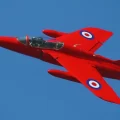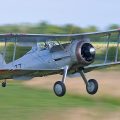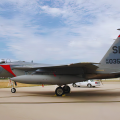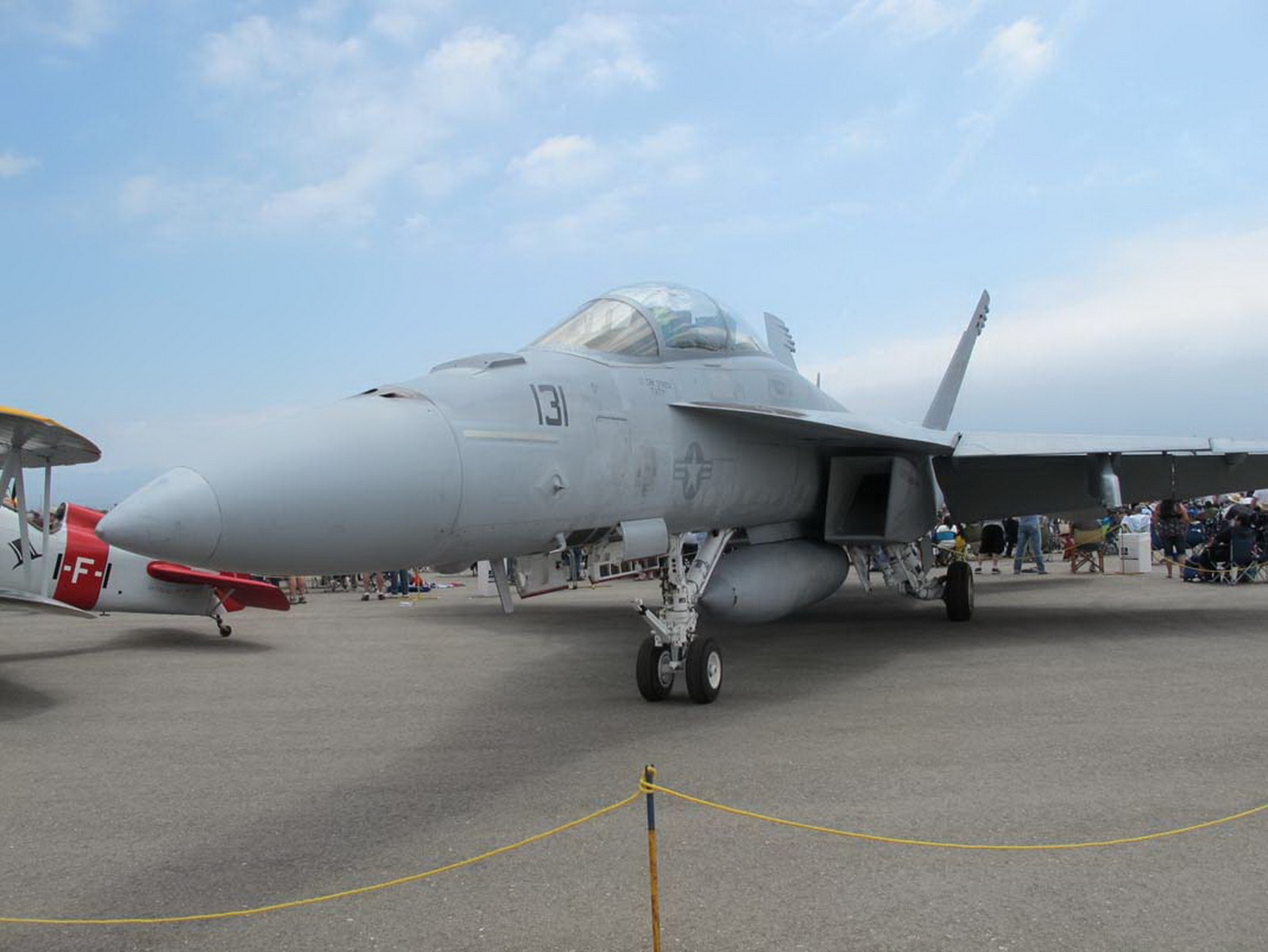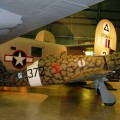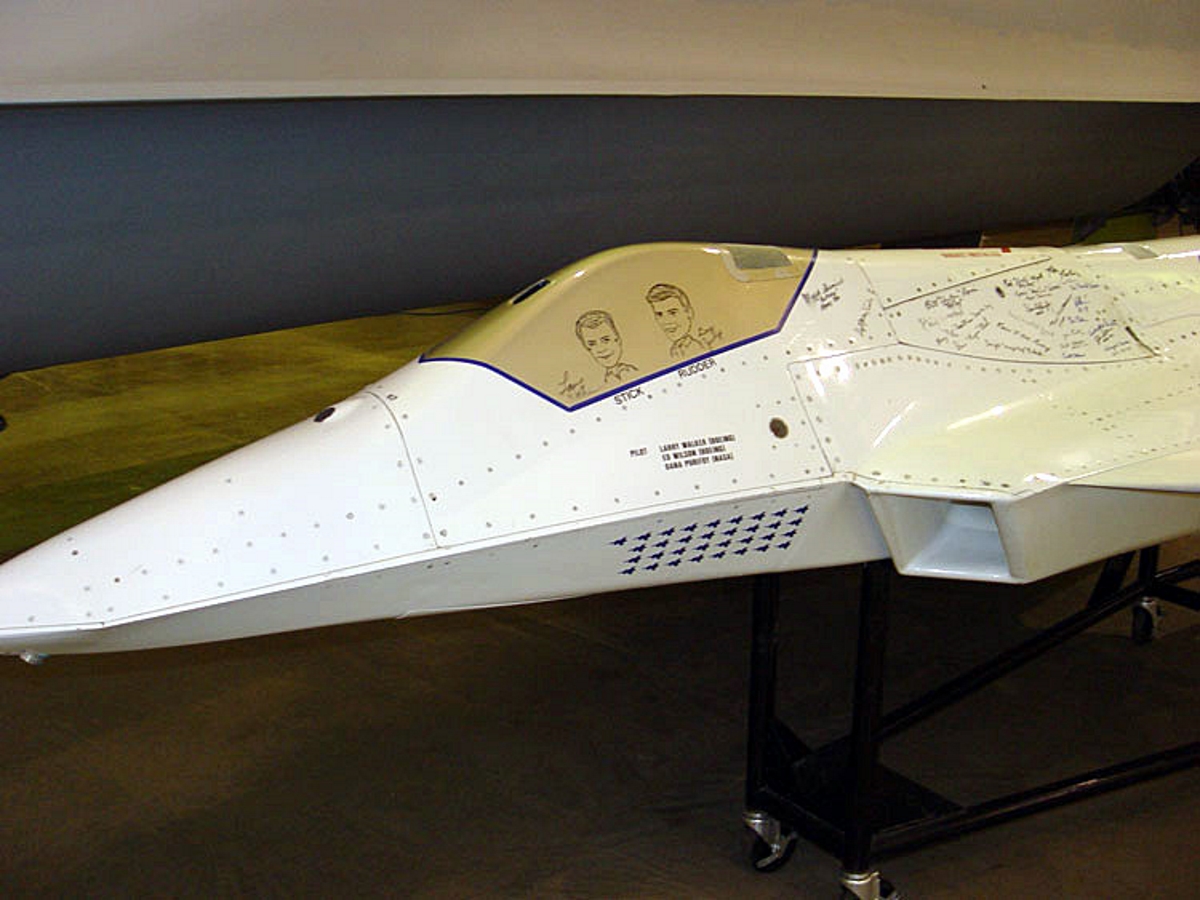
Boeing X-36 | |
|---|---|
| Krajiny | Spojené štáty americké |
| Úlohu | Výskumné lietadlá |
| Prvý let | 17 May 1997 |
| Postavený | 2 |
The McDonnell Douglas (later Boeing) X-36 Tailless Fighter Agility Research Aircraft was an American stealthy subscale prototype jet designed to fly without the traditional tail assembly found on most aircraft. This configuration was designed to reduce weight, drag and radar cross section, but increase range, maneuverability and survivability.
Zdrojový: Boeing X-36 on Wikipedia
| Boeing X-36 Walk Around | |
|---|---|
| Photographers | Vladimir Yakubov, John Heck |
| Localisation | National Museum of the USAF, Dayton |
| Photos | 42 |
Nájdite súpravy na eBay:
Pozri tiež:
Súvisiace súpravy:
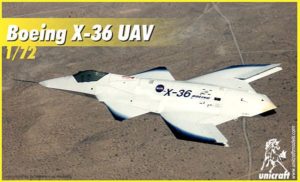
The Boeing X-36 was an experimental unmanned aircraft developed by Boeing and NASA in the 1990s. It was designed to test the feasibility of a tailless fighter jet that used thrust vectoring and advanced flight control systems to achieve high maneuverability and agility. The X-36 had a delta wing shape with winglets and a canard foreplane. It was powered by a single turbofan engine with a two-dimensional thrust vectoring nozzle. The X-36 had no cockpit or landing gear, and was launched and recovered by a modified Boeing 747. The X-36 was remotely controlled by a pilot in a ground station using a virtual cockpit display and a side-stick controller.
The X-36 program began in 1994 and lasted until 1997. Two prototypes were built and flown for a total of 31 flights, accumulating 15.2 hours of flight time. The X-36 demonstrated excellent performance and stability in various flight regimes, including high angles of attack, post-stall maneuvers, and supersonic speeds. The X-36 also showed the potential for reduced radar cross-section and lower maintenance costs compared to conventional fighter jets. The X-36 program was considered a success and provided valuable data and insights for future aircraft designs. However, the X-36 was not intended to be a prototype for an operational fighter jet, and no further development was pursued after the program ended.
Pohľady : 1064


